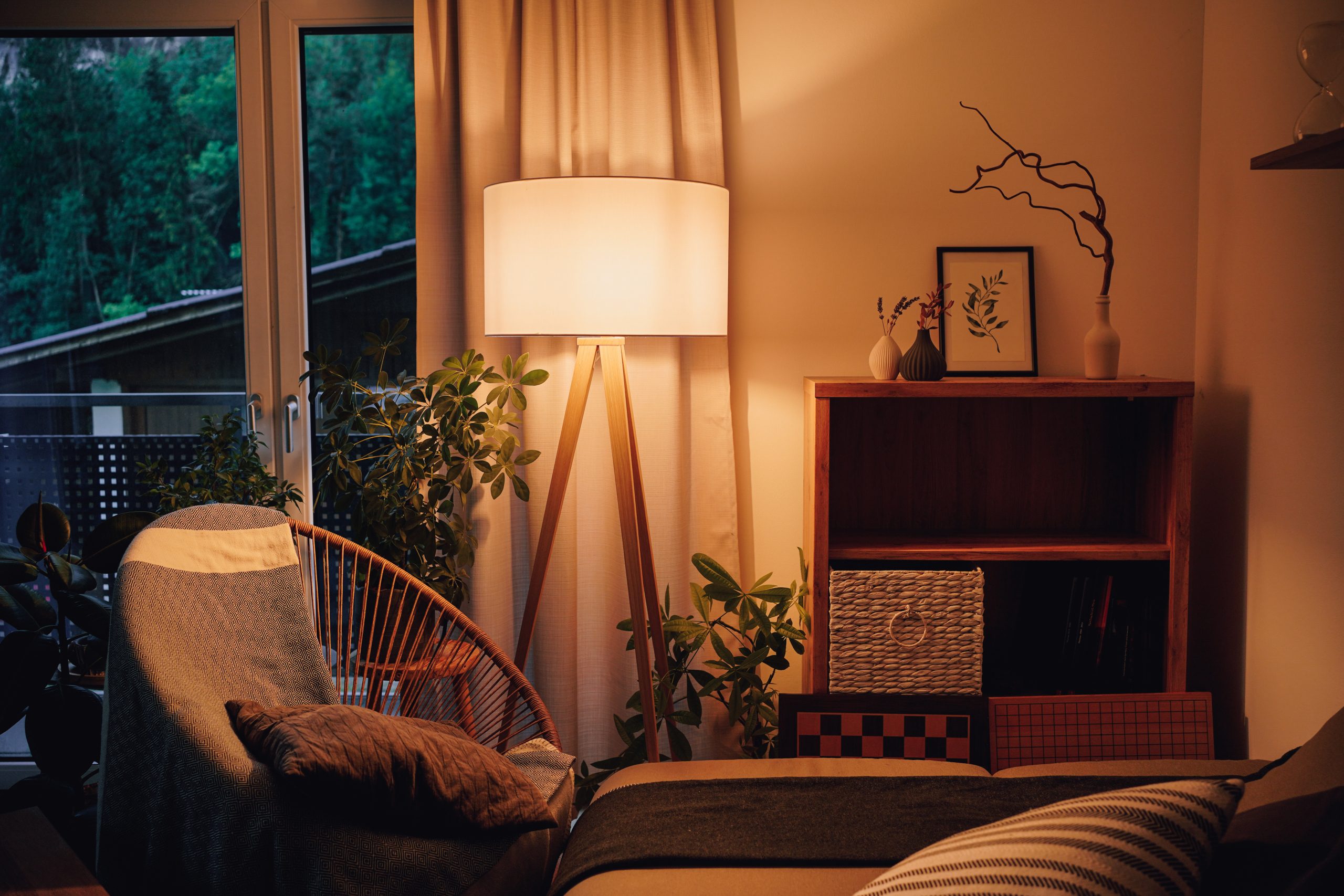How to Properly Light Your Home
Correctly lighting your home can transform your space. You don’t want your home to feel too dark or too bright. Blending lighting sources and styles will help create a dynamic and inviting environment. Lighting can also play an essential part in the functional spaces in your home. Read on for a guide on how to properly light your home.
Maximize Natural Light
The best way to illuminate a room is to maximize the natural lighting. But getting natural lighting in your home is about more than opening the curtains! Ensure your windows are clean outside and inside to prevent dirty windows from blocking the sunlight. Trimming overgrown bushes or trees can also help the most light come through.
If you want to prioritize natural lighting, blackout curtains may not be for you. Using lighter alternatives, such as linen curtains, bamboo shades, or sheer shades, will allow more natural light to shine. Lastly, moving oversized furniture away from the windows will allow more light to fill the space. Blocking the windows is the easiest way to prevent natural light from entering your home. A room flooded with natural sunlight has a look and feel that can’t be replicated, even with the best interior lighting sources.
Layer Lighting Sources
Layering various lighting sources, such as pendants, sconces, picture lights, and lamps, can create a thoughtfully illuminated space. A room with one light source can feel dark, drab, and uninspired. Layering at least three various light sources will result in a space that feels intentionally designed and instantly welcoming. Ambient, task, and accent lighting are the sources to consider when making your home’s lighting plan.
The room’s primary light source is ambient lighting or general lighting. It illuminates the entire room and is usually overhead. Ambient lighting includes recessed lighting, chandeliers, pendants, sconces, or floor lamps. Task lighting focuses on illuminating a specific area of the room. Carefully considering the tasks you complete in each room will help you select the types of lighting you need to complete them most efficiently. Examples of task lighting include a desk lamp for working or under cabinet lighting for cooking. Accent lighting is more visual than functional. This lighting highlights particular elements in the home, such as lights hung above a piece of art or within a bookshelf.
Don’t Ignore Lightbulb Temperature
The lightbulb temperature has the most significant impact on the feel of the lighting. Temperature refers to the color of the light. “Warm” lighting is amber colored, while “Cool” lighting is brighter white colored. Warmer lights are considered cozier and good for use in bedrooms or other living spaces. Cool lights are brighter and more energizing. They can be helpful in the kitchen or home office. Kelvins is the unit of measurement for lightbulb warmth. Check on the back of lightbulb boxes to see where the light falls on the Kelvin scale!




